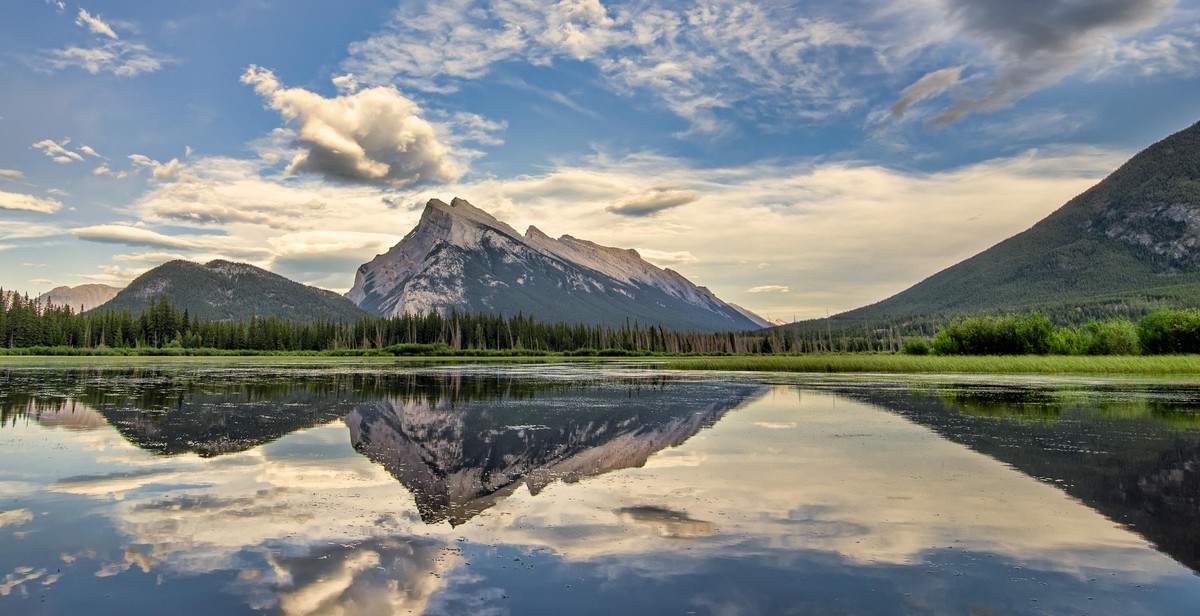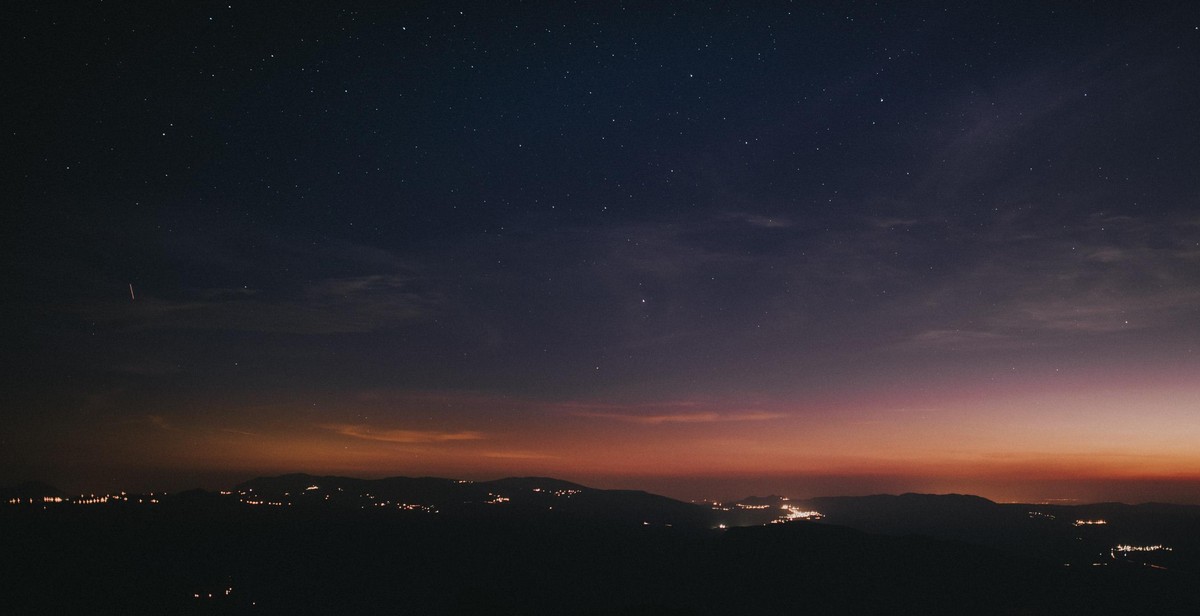Stargazing Sites: Best Locations for Astronomy Enthusiasts
For astronomy enthusiasts, there is nothing quite like the thrill of gazing up at the night sky, studying the stars, and exploring the wonders of the universe. Whether you’re an amateur astronomer or a seasoned professional, finding the perfect stargazing location is crucial to fully immerse yourself in the beauty and splendor of the cosmos.
In this article, we will explore some of the best stargazing sites around the world that offer unparalleled celestial views and optimal conditions for observing the night sky. From remote dark sky reserves to high-altitude observatories, these locations provide the perfect backdrop for stargazers to witness breathtaking astronomical phenomena.
Why Choose the Right Stargazing Location?
When it comes to stargazing, location is key. Light pollution, atmospheric conditions, and accessibility all play a significant role in determining the quality of your stargazing experience. Opting for a site with minimal light pollution and clear skies can make all the difference in observing celestial objects with clarity and detail.
Whether you’re interested in observing distant galaxies, meteor showers, or the mesmerizing dance of the Northern Lights, choosing the right stargazing location can enhance your chances of witnessing these awe-inspiring events.
Exploring the Best Stargazing Sites
In the following sections, we will delve into some of the most renowned stargazing sites across the globe. From the deserts of Chile to the mountains of Hawaii, these locations offer exceptional opportunities for stargazers to explore the mysteries of the universe.
1. Dark Sky Preserves
Dark Sky Preserves, also known as Dark Sky Reserves or Dark Sky Parks, are areas that have been designated as protected zones to preserve the natural darkness of the night sky. These areas are typically located far away from urban centers and have minimal light pollution, allowing for optimal stargazing and astronomical observations.
In order to qualify as a Dark Sky Preserve, an area must meet specific criteria set by organizations such as the International Dark-Sky Association (IDA). These criteria include having a low level of light pollution, implementing lighting regulations, and actively promoting public education about the importance of dark skies.
1.2 Benefits of Dark Sky Preserves
Dark Sky Preserves offer numerous benefits to both astronomers and the general public. By preserving natural darkness, these areas provide ideal conditions for stargazing, astrophotography, and scientific research. They allow astronomers to observe celestial objects with greater clarity and detail, enhancing our understanding of the universe.
Additionally, Dark Sky Preserves contribute to the conservation of nocturnal wildlife and ecosystems. Many species rely on the natural light-dark cycle, and excessive artificial lighting disrupts their behavior and habitats. By minimizing light pollution, these preserves help protect biodiversity and maintain the balance of ecosystems.
1.3 Top Dark Sky Preserves Around the World
There are several remarkable Dark Sky Preserves around the world that offer unforgettable stargazing experiences. Some notable examples include:
- Jasper National Park, Canada: Located in the Canadian Rockies, this preserve offers stunning views of the Milky Way and the northern lights.
- Mauna Kea, Hawaii: The summit of Mauna Kea is one of the world’s premier observatory sites, offering exceptional visibility and minimal light pollution.
- NamibRand Nature Reserve, Namibia: With its vast desert landscapes and clear skies, this preserve provides unparalleled views of the southern hemisphere’s stars.
These Dark Sky Preserves, along with many others around the globe, attract astronomy enthusiasts, photographers, and nature lovers who seek to connect with the beauty of the night sky.

2. National Parks
2.1 National Parks with Ideal Stargazing Conditions
When it comes to stargazing, national parks offer some of the best conditions for astronomy enthusiasts. With their remote locations and limited light pollution, these parks provide the perfect backdrop for observing the wonders of the night sky. Here are some national parks renowned for their ideal stargazing conditions:
- Death Valley National Park: Located in California, Death Valley National Park is known for its dark skies and clear atmosphere. With its expansive desert landscapes and minimal light pollution, visitors can witness breathtaking views of the Milky Way and countless stars.
- Great Basin National Park: Situated in Nevada, Great Basin National Park boasts some of the darkest skies in the United States. Its high elevation and remote location make it an excellent destination for stargazing. Visitors can explore the park’s astronomy programs and even observe celestial objects through telescopes.
- Joshua Tree National Park: Located in Southern California, Joshua Tree National Park offers unique stargazing opportunities. With its distinctive Joshua trees and desert scenery, visitors can enjoy the beauty of the night sky while surrounded by stunning landscapes.
2.2 Popular National Parks for Stargazing
In addition to the parks mentioned above, several national parks have gained popularity among stargazing enthusiasts due to their exceptional night sky experiences. Here are some of the most popular national parks for stargazing:
- Yosemite National Park: Situated in California’s Sierra Nevada mountains, Yosemite National Park offers breathtaking stargazing opportunities. Visitors can witness the mesmerizing sight of stars illuminating the park’s iconic granite cliffs and majestic waterfalls.
- Grand Canyon National Park: With its vast and awe-inspiring landscapes, Grand Canyon National Park provides a stunning backdrop for stargazing. Visitors can marvel at the night sky while enjoying the breathtaking views of one of the world’s most famous natural wonders.
- Rocky Mountain National Park: Nestled in Colorado’s Rocky Mountains, this national park offers spectacular stargazing experiences. Its high elevation and remote location make it an ideal destination for observing constellations, shooting stars, and the elusive Northern Lights.
These national parks not only offer exceptional stargazing opportunities but also provide various educational programs and events for astronomy enthusiasts of all ages. Whether you’re a seasoned stargazer or a beginner, visiting these national parks will undoubtedly leave you in awe of the wonders of the night sky.

3. Observatories
3.1 Famous Observatories
When it comes to famous observatories, there are a few that stand out for their significant contributions to astronomy. These renowned facilities have played a crucial role in expanding our understanding of the universe:
- Mauna Kea Observatory: Located in Hawaii, the Mauna Kea Observatory is known for its state-of-the-art telescopes and its ideal location above the clouds, providing excellent visibility. It is home to several world-class telescopes, including the Keck Observatory and the Subaru Telescope.
- Hubble Space Telescope: Although not an observatory on Earth, the Hubble Space Telescope has revolutionized our understanding of the cosmos. Orbiting above Earth’s atmosphere, this iconic telescope has captured breathtaking images of distant galaxies, nebulae, and other celestial objects.
- Palomar Observatory: Situated in California, the Palomar Observatory is renowned for its 200-inch Hale Telescope, which was the largest telescope in the world when it was built in the 1940s. It has played a vital role in numerous astronomical discoveries, including the identification of quasars.
3.2 Observatories Open to the Public
For astronomy enthusiasts who want to explore the wonders of the night sky firsthand, there are several observatories open to the public. These observatories often offer guided tours, stargazing events, and educational programs:
- Griffith Observatory: Located in Los Angeles, California, the Griffith Observatory is a popular destination for stargazers. It offers stunning views of the city and hosts regular public observing sessions where visitors can gaze through telescopes and learn about the cosmos.
- Lowell Observatory: Situated in Flagstaff, Arizona, the Lowell Observatory is famous for its discovery of Pluto in 1930. Visitors can participate in guided tours, observe celestial objects through telescopes, and attend engaging presentations on various astronomical topics.
- Green Bank Observatory: Located in West Virginia, the Green Bank Observatory is known for its radio telescope, the Green Bank Telescope (GBT). Visitors can explore the interactive science center, take guided tours of the GBT, and even listen to the sounds of the universe using radio receivers.
These observatories offer unique opportunities to witness the beauty of the night sky, learn about the latest astronomical discoveries, and deepen your appreciation for the vastness of the universe.
4. Remote Areas
Stargazing in remote areas offers a multitude of benefits for astronomy enthusiasts. These secluded locations provide a unique opportunity to experience the night sky free from light pollution and other distractions. Here are some of the advantages of stargazing in remote areas:
4.1 Benefits of Stargazing in Remote Areas
- Minimal Light Pollution: Remote areas are often free from the bright lights of cities and towns, allowing for clearer and more vibrant views of the stars. With less light pollution, you can fully appreciate the wonders of the night sky and observe celestial objects with greater clarity.
- Enhanced Visibility: In remote areas, the absence of nearby buildings and structures can provide unobstructed views of the horizon. This allows for a wider field of vision, enabling you to witness breathtaking phenomena such as meteor showers, constellations, and even the Milky Way.
- Improved Sky Conditions: Remote areas typically have lower levels of air and atmospheric pollution, resulting in cleaner and crisper skies. This means that stars, planets, and other celestial objects appear brighter and more distinct, allowing for more detailed observations and astrophotography.
- Peaceful and Serene Environment: Stargazing in remote areas offers a peaceful and serene experience away from the hustle and bustle of urban life. The tranquility of these locations allows you to fully immerse yourself in the wonders of the cosmos, fostering a deeper connection with the universe.
4.2 Remote Areas with Excellent Stargazing Opportunities
There are several remote areas around the world that offer excellent stargazing opportunities. Some noteworthy locations include:
- Atacama Desert, Chile: Known for its clear skies and high altitude, the Atacama Desert provides unparalleled stargazing conditions. Its remote location and lack of light pollution make it an ideal destination for astronomy enthusiasts.
- Mauna Kea, Hawaii: Situated on the Big Island of Hawaii, Mauna Kea’s summit is renowned for its exceptional stargazing facilities and pristine skies. The mountain’s elevation and isolation from major cities contribute to its superb visibility.
- Uluru-Kata Tjuta National Park, Australia: In the heart of the Australian Outback, this remote national park offers breathtaking views of the night sky. Its remote location and vast open spaces make it an excellent spot for stargazing.
- Svalbard, Norway: Located in the Arctic Circle, Svalbard benefits from its extreme northern latitude, providing extended periods of darkness for stargazing. Its remote and untouched landscapes make it a prime destination for observing the aurora borealis and other celestial wonders.
These remote areas are just a few examples of the many incredible stargazing locations around the world. Whether you prefer the desert, mountains, or polar regions, venturing into these remote areas will undoubtedly reward you with unforgettable stargazing experiences.

5. International Dark Sky Reserves
International Dark Sky Reserves are designated areas that possess exceptionally dark skies and have implemented measures to protect and preserve them. These reserves are crucial for stargazing enthusiasts and astronomers, providing them with optimal conditions for observing celestial wonders. Let’s delve into the concept of International Dark Sky Reserves and explore some notable locations.
5.1 Understanding International Dark Sky Reserves
An International Dark Sky Reserve is a region recognized by the International Dark-Sky Association (IDA) for its exceptional commitment to preserving the night sky’s quality. These reserves adhere to stringent guidelines to minimize light pollution, ensuring the preservation of natural darkness. By reducing artificial light emissions, International Dark Sky Reserves aim to protect nocturnal wildlife, mitigate energy waste, and promote human health.
5.2 Notable International Dark Sky Reserves
Several International Dark Sky Reserves around the world captivate stargazers with their pristine skies. Here are a few noteworthy reserves:
- Mont-Mégantic Dark Sky Reserve, Canada: Situated in Quebec, this reserve offers breathtaking views of the night sky, with observatories that provide unparalleled glimpses into the universe.
- Exmoor Dark Sky Reserve, United Kingdom: Located in southwest England, this reserve is known for its stunning landscapes and its commitment to preserving the night sky through responsible lighting practices.
- Aoraki Mackenzie Dark Sky Reserve, New Zealand: Nestled in the South Island, this reserve is renowned for its exceptionally dark skies and the iconic Mount Cook, offering a mesmerizing backdrop for stargazing adventures.
These reserves provide stargazers and astronomers with unparalleled opportunities to explore the cosmos, observe celestial objects, and deepen their understanding of the universe.
Conclusion
In conclusion, astronomy enthusiasts have a plethora of incredible stargazing sites to choose from around the world. Whether you prefer remote locations or easily accessible spots, there is something for everyone. Exploring the wonders of the night sky can be a truly awe-inspiring experience, and these locations offer the perfect opportunity to do so.
The top stargazing sites mentioned in this article, such as Mauna Kea Observatory in Hawaii, Atacama Desert in Chile, and Jasper National Park in Canada, are renowned for their clear skies, lack of light pollution, and state-of-the-art facilities. These sites provide optimal conditions for observing celestial objects and offer breathtaking views of the universe.
Remember, when planning a stargazing trip, it is important to check local weather conditions, moon phases, and any specific rules or regulations that may apply to the site. Additionally, bringing along the right equipment, such as telescopes, binoculars, and star charts, can enhance your stargazing experience.
Whether you are a seasoned astronomer or a beginner, visiting these stargazing sites will allow you to witness the beauty and grandeur of the cosmos. So grab your telescope and embark on a journey to one of these incredible locations, where the night sky will leave you mesmerized and inspired.
